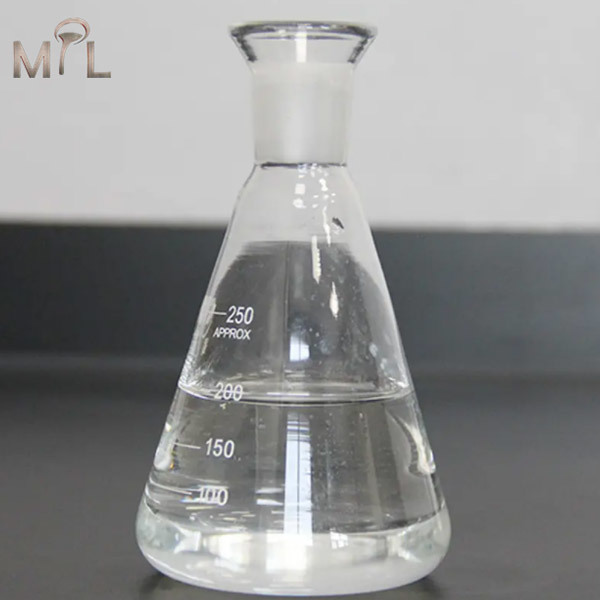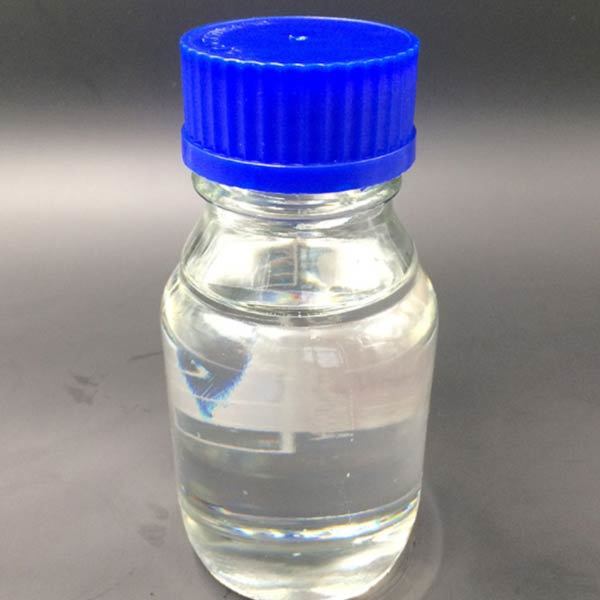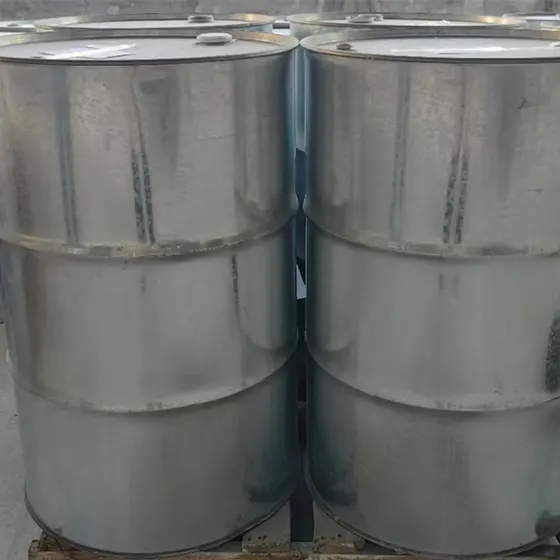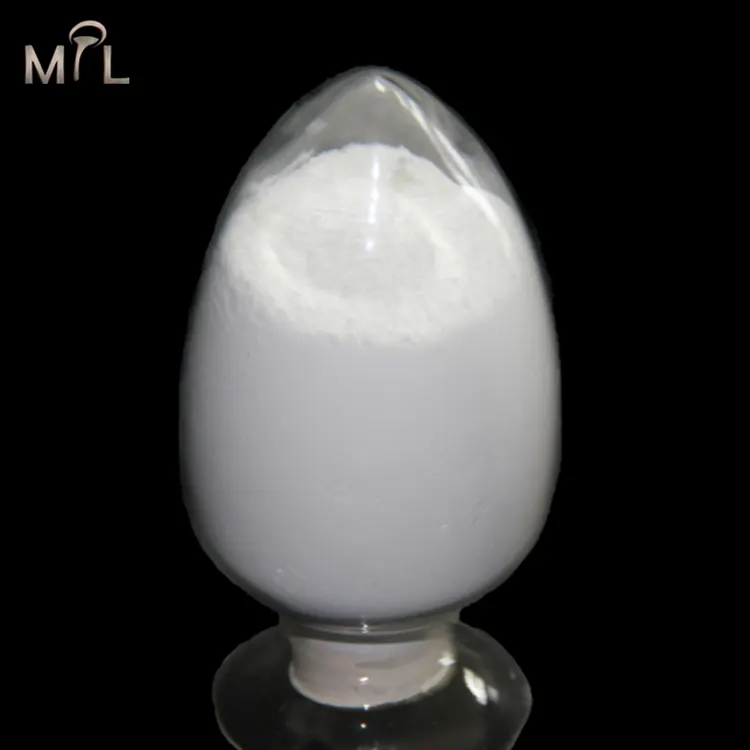
Cellulose triacetate is a type of cellulose derivative that is produced by acetylating cellulose with acetic anhydride.
Release time:
2024-07-05 15:32
Cellulose triacetate is a type of cellulose derivative that is produced by acetylating cellulose with acetic anhydride. It is commonly used in the production of films, fibers, and other materials due to its unique properties and versatile applications.
One of the main characteristics of cellulose triacetate is its high durability and resistance to heat, chemicals, and moisture. This makes it an ideal material for use in various industrial and consumer products, such as plastic films, photographic films, and textiles.
In addition to its durability, cellulose triacetate also has excellent optical properties, making it suitable for applications where clarity and transparency are important. It is often used in the production of eyeglass lenses, protective coatings, and other optical products.
Cellulose triacetate is also biodegradable, which is an important advantage in today's environmentally conscious society. Unlike traditional plastics that can take hundreds of years to decompose, cellulose triacetate breaks down quickly and does not contribute to pollution or waste accumulation.
Furthermore, cellulose triacetate is easily processed and can be shaped into various forms, making it a versatile material for manufacturers. It can be molded, extruded, laminated, and coated to create a wide range of products for different industries.
Overall, cellulose triacetate is a valuable material with a wide range of applications due to its durability, optical properties, biodegradability, and processability. As technology continues to advance, cellulose triacetate is likely to play an increasingly important role in the development of sustainable and eco-friendly materials for the future.
Latest developments







